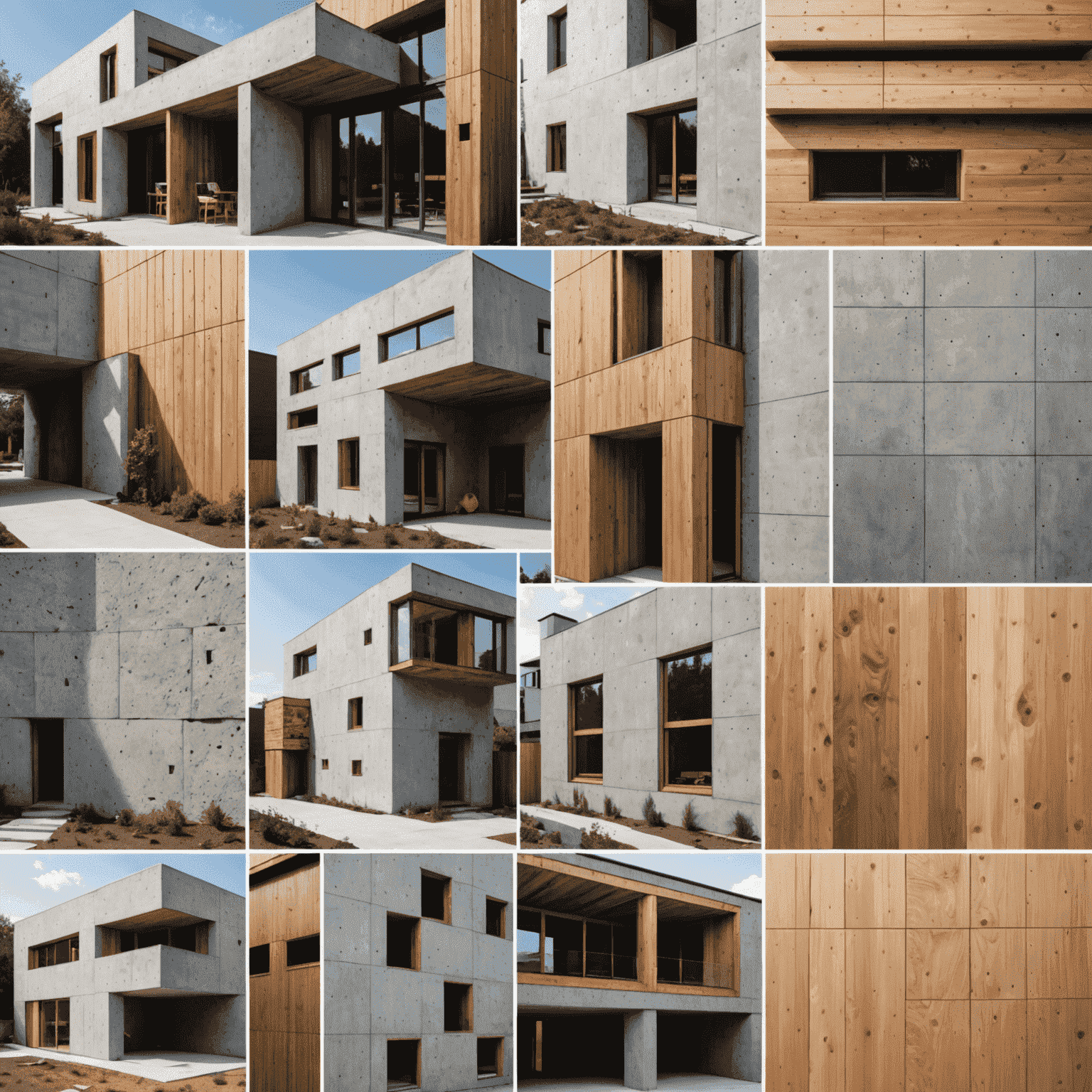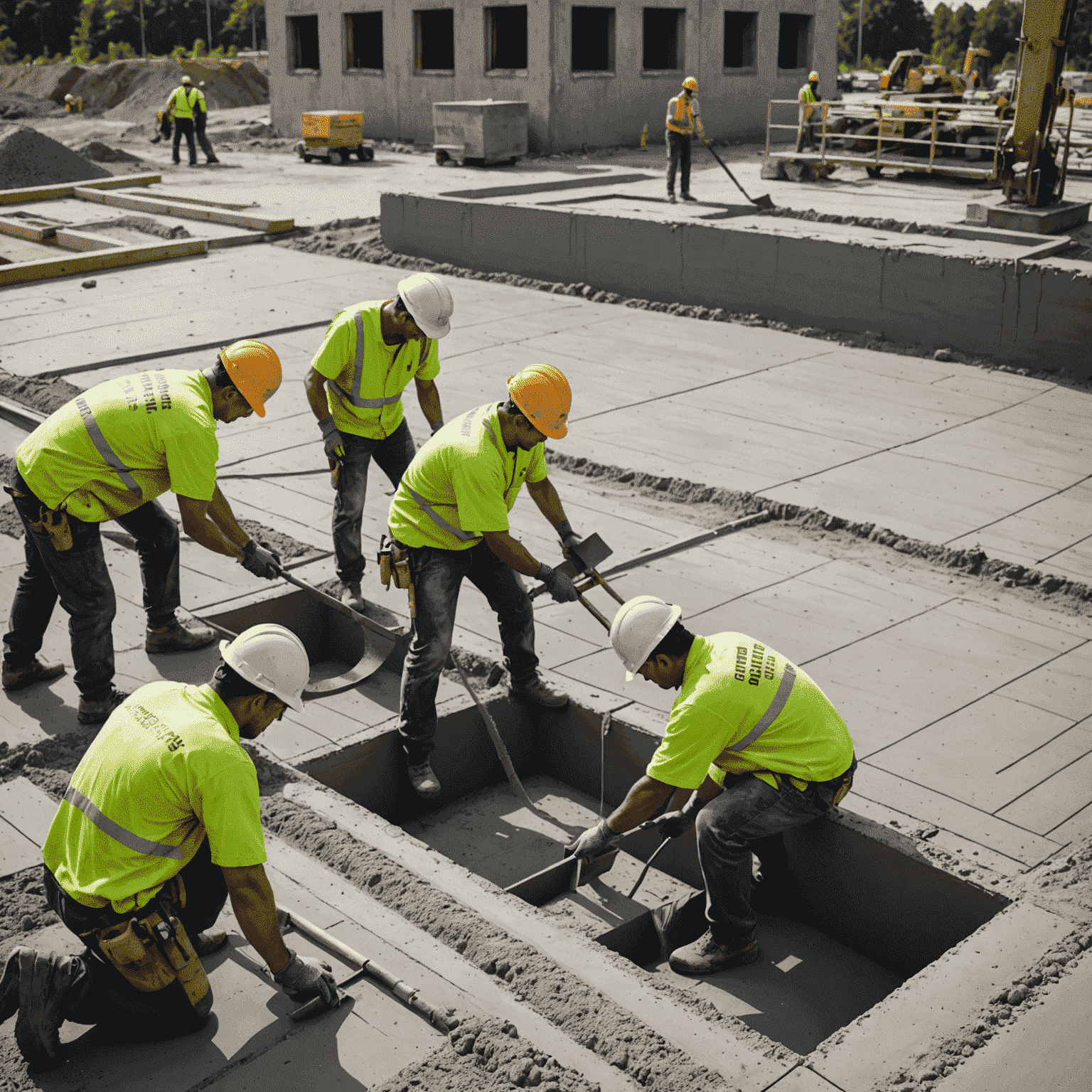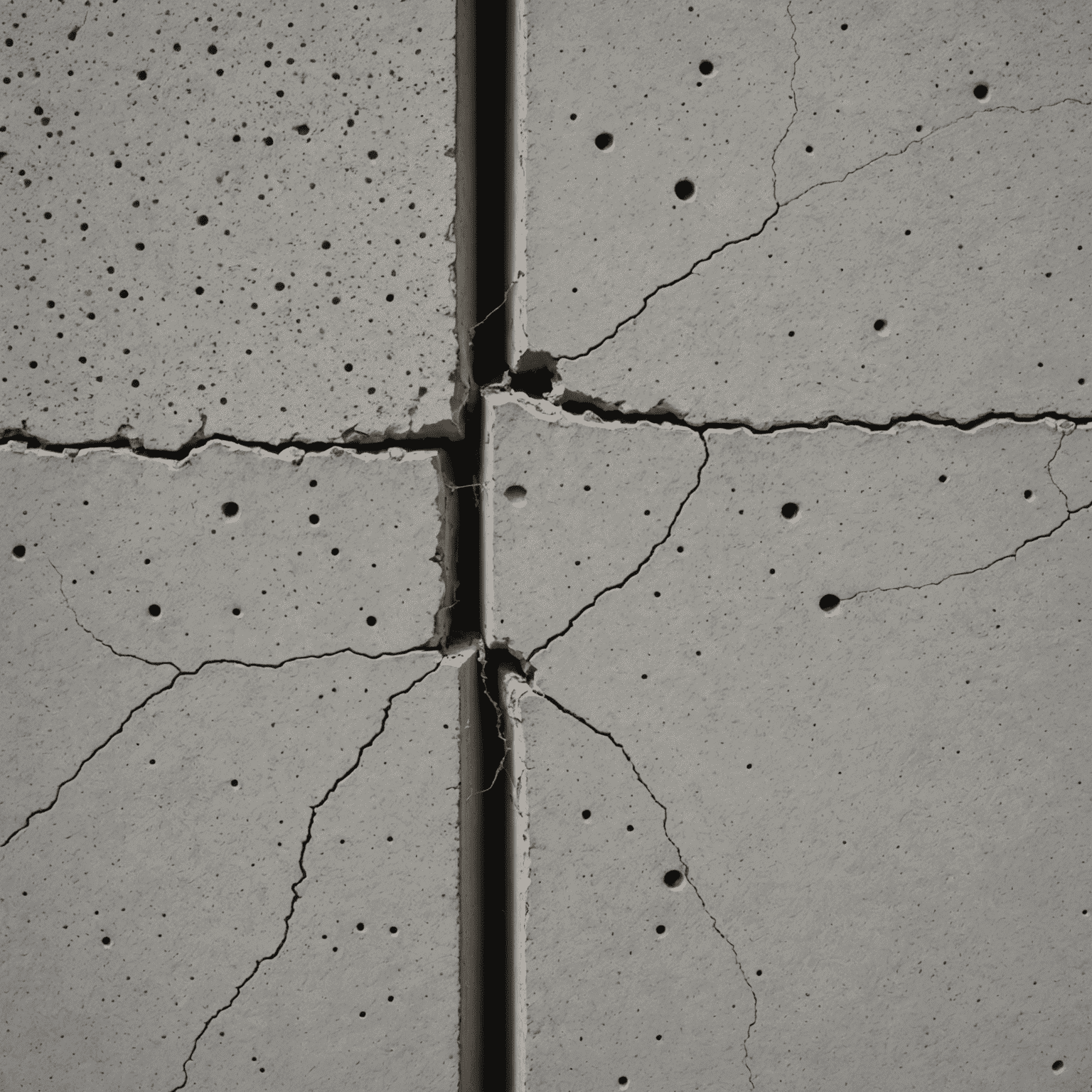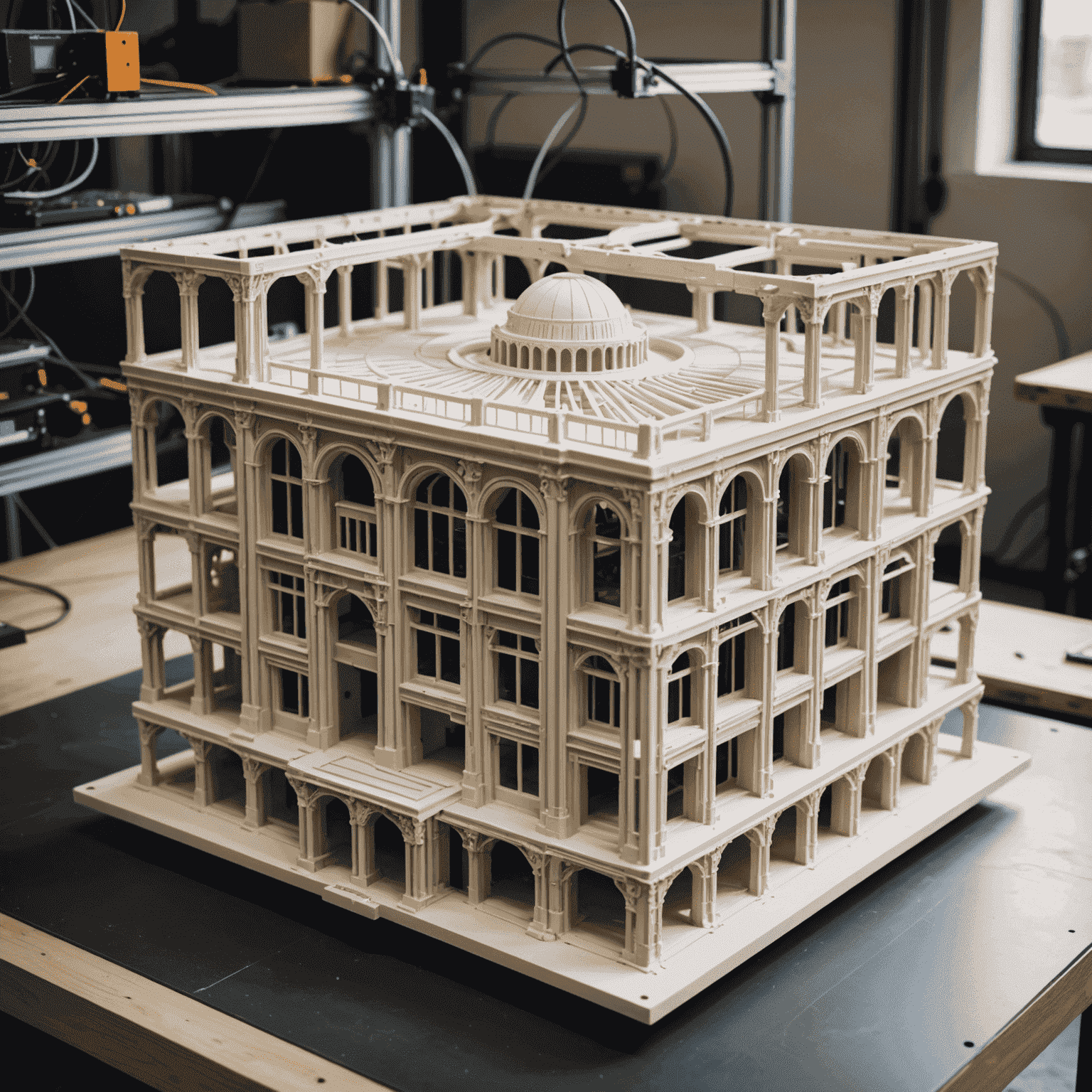Latest Building Material Innovations

The construction industry is witnessing a revolution in building materials, with new innovations promising enhanced sustainability, durability, and performance. Let's explore some of the cutting-edge developments that are reshaping the way we build.
1. Eco-Friendly Concrete Alternatives
Researchers have developed a new type of concrete that absorbs carbon dioxide as it cures, effectively reducing the carbon footprint of construction projects. This innovative material not only helps combat climate change but also offers improved strength and durability compared to traditional concrete.

2. Transparent Wood
Scientists have created a remarkable material that combines the strength of wood with the transparency of glass. This innovative product is made by removing lignin from wood and replacing it with a special polymer. The result is a material that's five times stronger than glass, with better insulating properties and a unique aesthetic appeal.
3. Self-Healing Materials
Inspired by the human body's ability to heal itself, researchers have developed construction materials that can repair their own cracks and damages. These self-healing concrete and asphalt formulations contain special bacteria or polymers that activate when cracks form, filling them and preventing further deterioration.

4. Aerogel Insulation
Aerogels, known as the world's lightest solid materials, are now being used in building insulation. These ultra-light, highly porous materials offer exceptional thermal insulation properties, potentially revolutionizing energy efficiency in buildings while taking up minimal space.
5. 3D-Printed Building Components
3D printing technology is making its way into construction, allowing for the creation of complex, customized building components with minimal waste. From decorative facades to structural elements, 3D-printed materials offer unprecedented design flexibility and efficiency.

Conclusion
These innovations in building materials are not just improving the way we construct; they're reshaping our approach to sustainability, efficiency, and design in the built environment. As these technologies continue to evolve, we can expect to see more eco-friendly, durable, and high-performance buildings that push the boundaries of what's possible in construction.